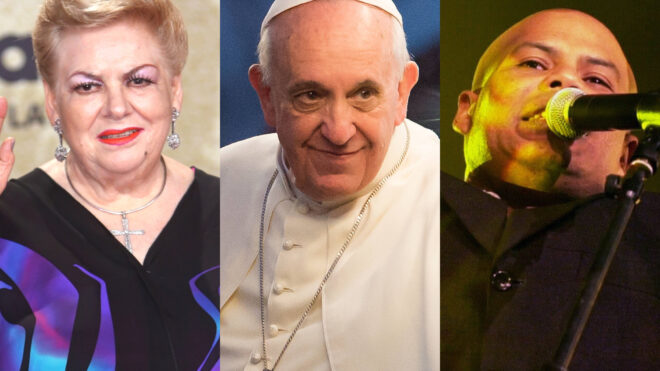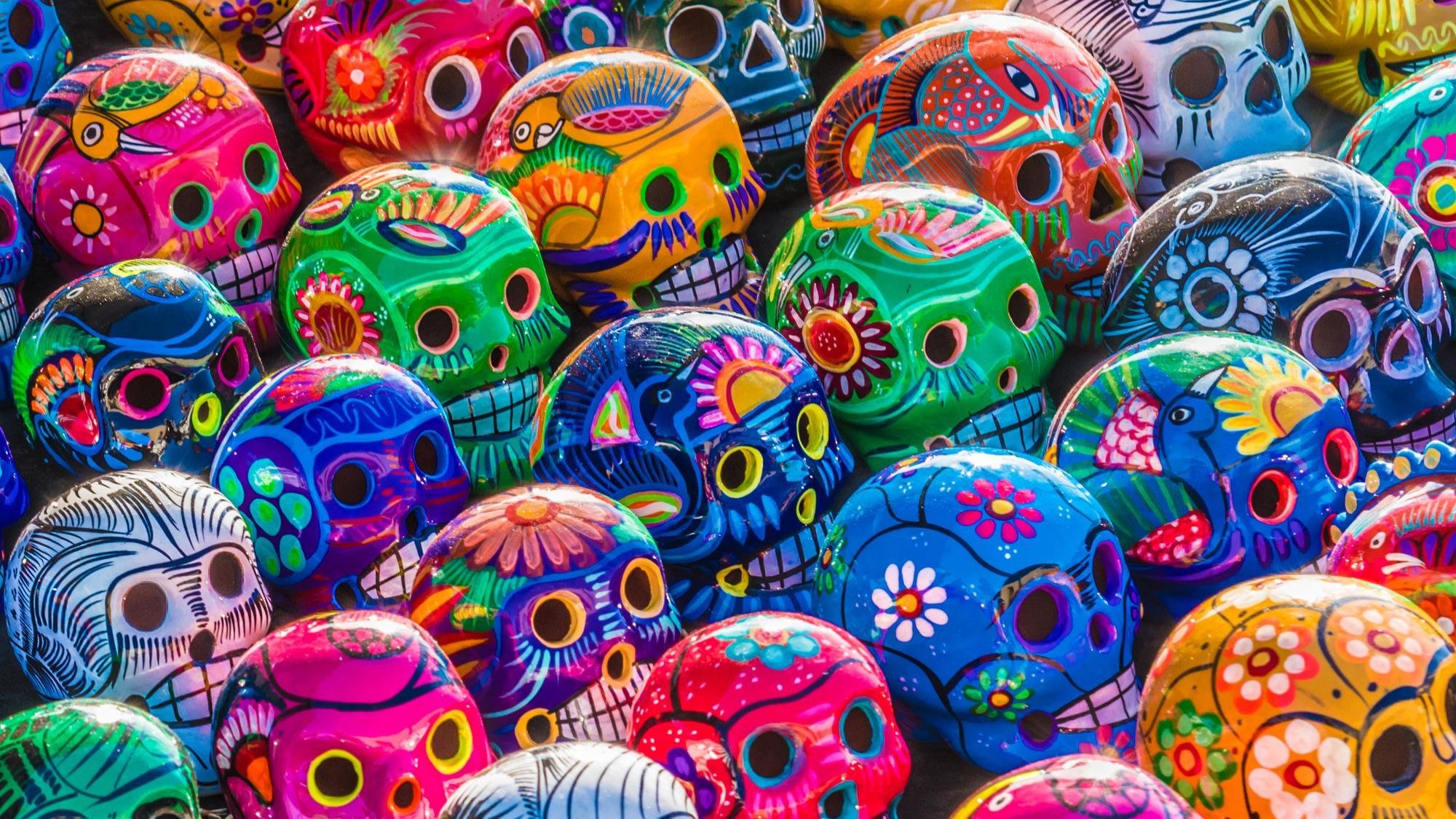
There is no question that Latinos are a vibrant people, have deep cultural ties, a huge respect for music, dance, food and tradition–and let's be real here: They love to party! It is no surprise, then, that all that passion and ardent fervor translates into huge celebrations and fiestas all over Latin America. From traditional holy processions to non-stop days and nights of serious partying, Catholic holidays to pagan rituals, food-driven celebrations to music festivals, there are tons of opportunities for a local or traveler alike to get immersed in the colorful Latino culture.
More from MamásLatinas: 20 Amazing Mexico beaches that need to be on your bucket list
Latin American festivals happen all year round. Many people schedule their travels to Central and South America around traditional Latino celebrations. There's something for everyone. You can witness stunning decorative displays, admire incredible ethnic costumes, experience fireworks and haunting religious processions, you name it. Participating in these events is a meaningful way to connect with the various cultures and learn their rich local folkore and unique character.
To inspire you, we have rounded up 15 top Latino traditional celebrations and fiestas that you cannot miss. Some of these, like Dia de Muertos in Mexico or Rio de Janeiro's Carnival are world-known, and for this reason, booking your trip early is highly recommended. The festivities we list for you are hardly a one-day affair. No, some of these can last for days at a time, so you better get prepared. We hope one (or a few) of these celebrations inspires you to book a trip soon!
Carnaval, Rio de Janeiro: Head to Rio de Janeiro if you want to experience the King of Carnivals.
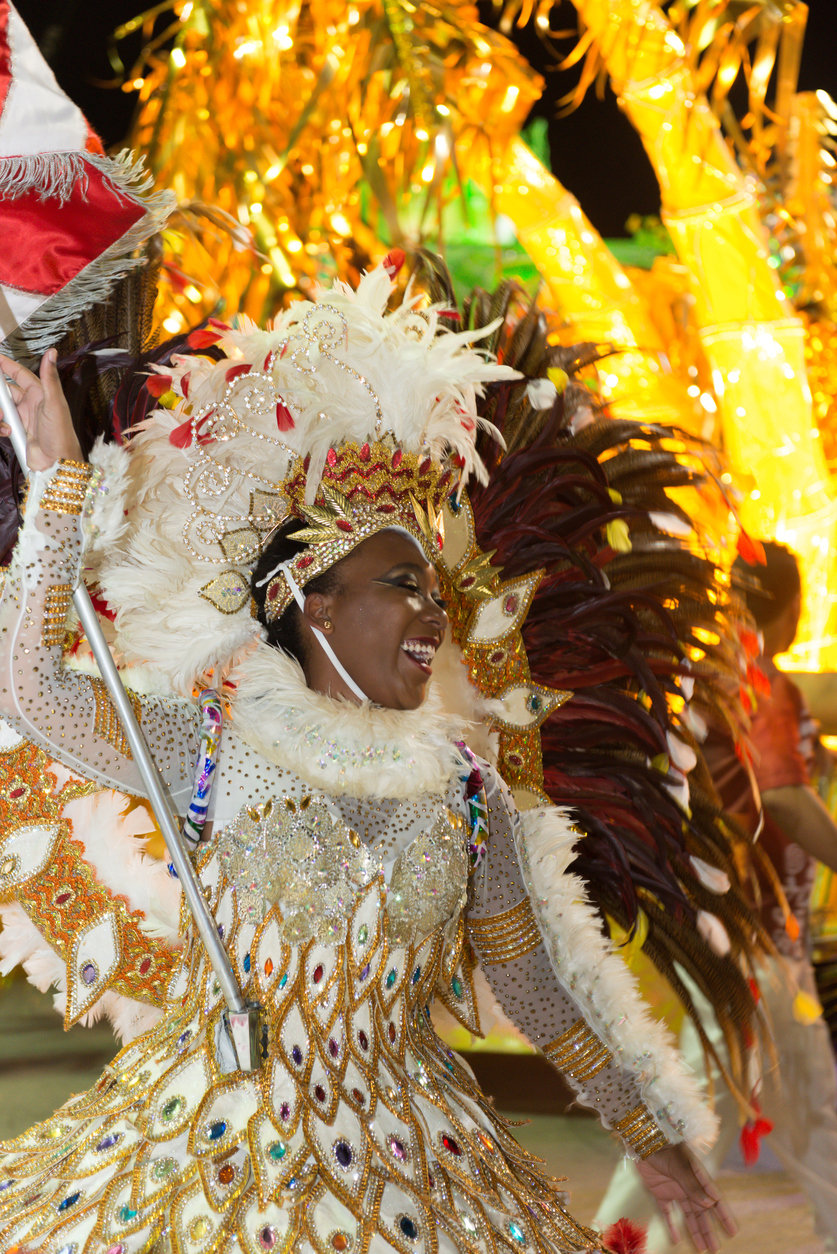
Undoubtedly, this is known as the most coveted event of the year, with millions of people in attendance. Talk about goals! This one is definitely on my bucket list.
Carnaval, Rio de Janeiro: Rio's out-of-this-world carnival falls in February or March, just before Lent.
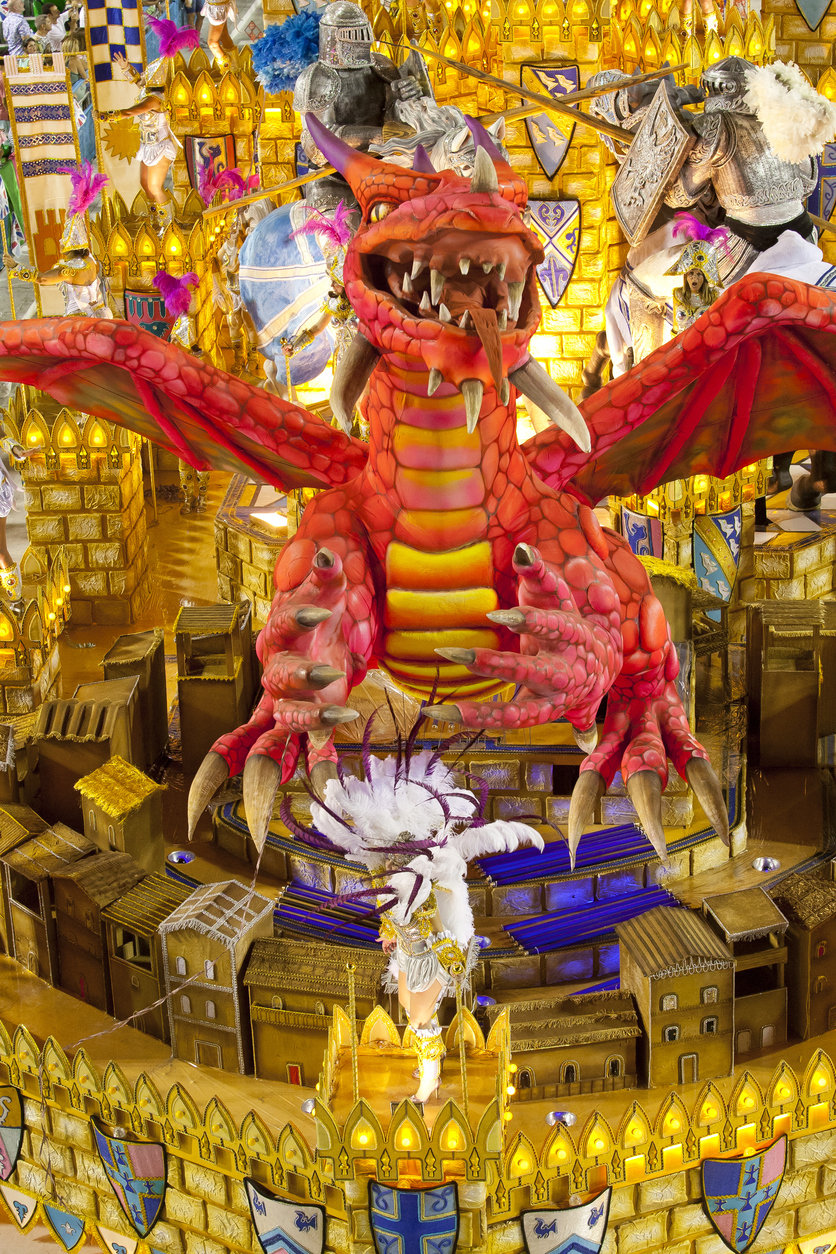
This is a time of revelry and debauchery before abstinence. People take to the streets to dance, drink and be merry. The parade is not to be missed, it includes jaw-dropping floats, music and world-class samba dancers.
Carnaval de Barranquilla, Colombia: This one is not to be missed.

Every year in Barranquilla, local and tourists alike participate in what has now become known as the second largest carnival celebration in the world, after the one in Rio de Janeiro. This 4-day celebration of parades, dancing and street parties kicks off four days before Ash Wednesday.
Carnaval de Barranquilla, Colombia: The festivities begin with the huge 6-hour "Batalla de Flores" parade.
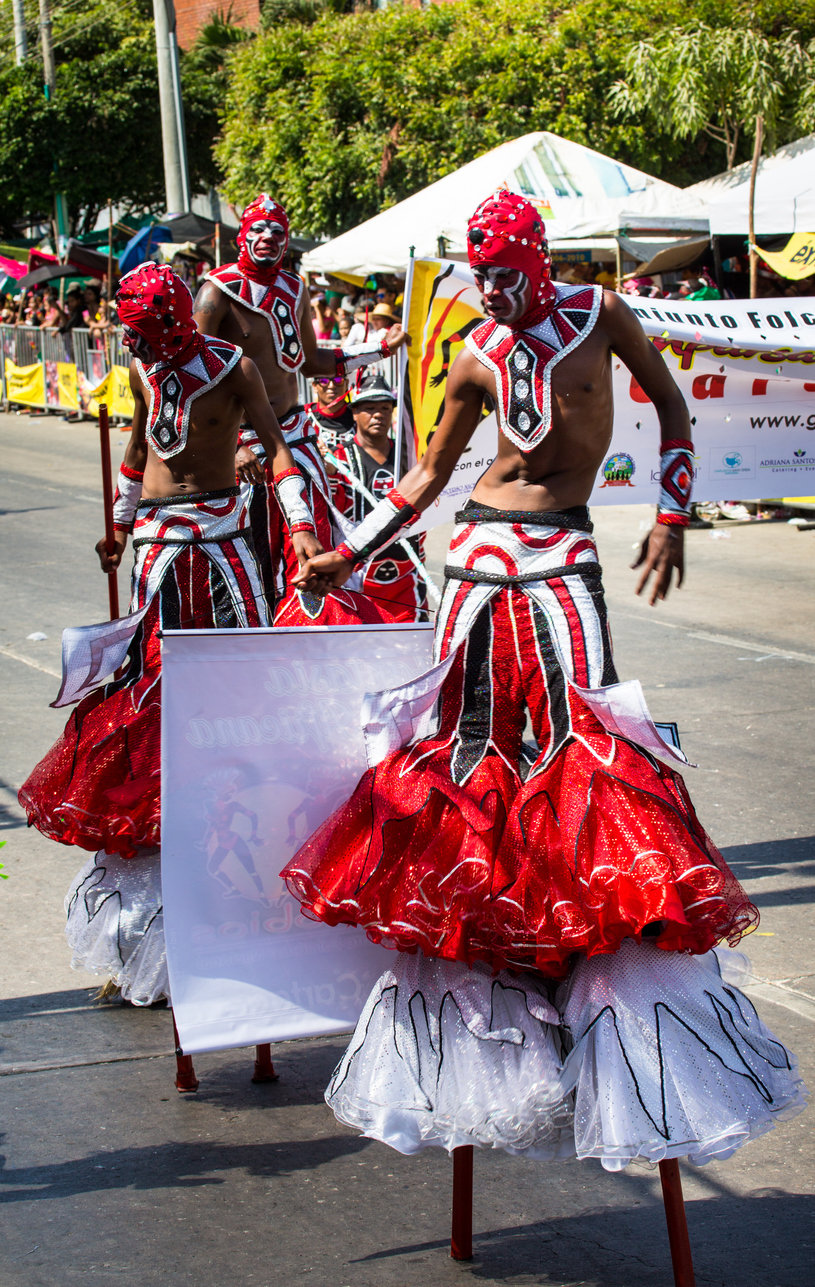
You'll witness the newly-crowned Queen of the parade throwing flowers to excited spectators. Everyone is in high spirits. There's music, gorgeous and painstainkingly decorated floats, tons of color and the best of cumbia dancing.
Dia de la Independencia, Mexico: You'll definitely experience lots of tradition and history if you are in Mexico during this time.

Not to be confused with Cinco de Mayo, Mexico's independence is actually celebrated on September 16. This is a national holiday commemorating the day the country became free from Spanish rule. It is also a huge patriotic celebration.
Dia de la Independencia, Mexico: This "fiesta patria" (patriotic celebration) is one of the most important fiestas in Mexico,
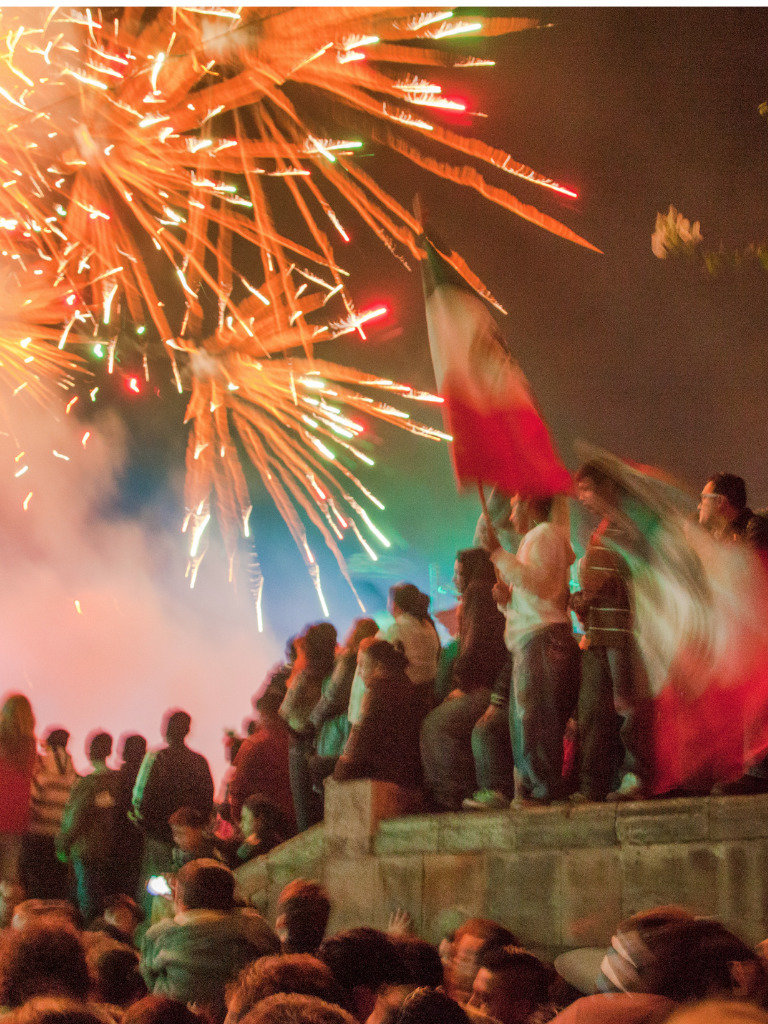
Celebrations actually take place the whole month of September. On the 16th, people gather in the streets, at parks and town squares for unforgettable fireworks, dancing, music and food.
Dia de Muertos (Day of the Dead) in Mexico: The Day of the Dead is a hugely important and meaningful tradition in Mexico.
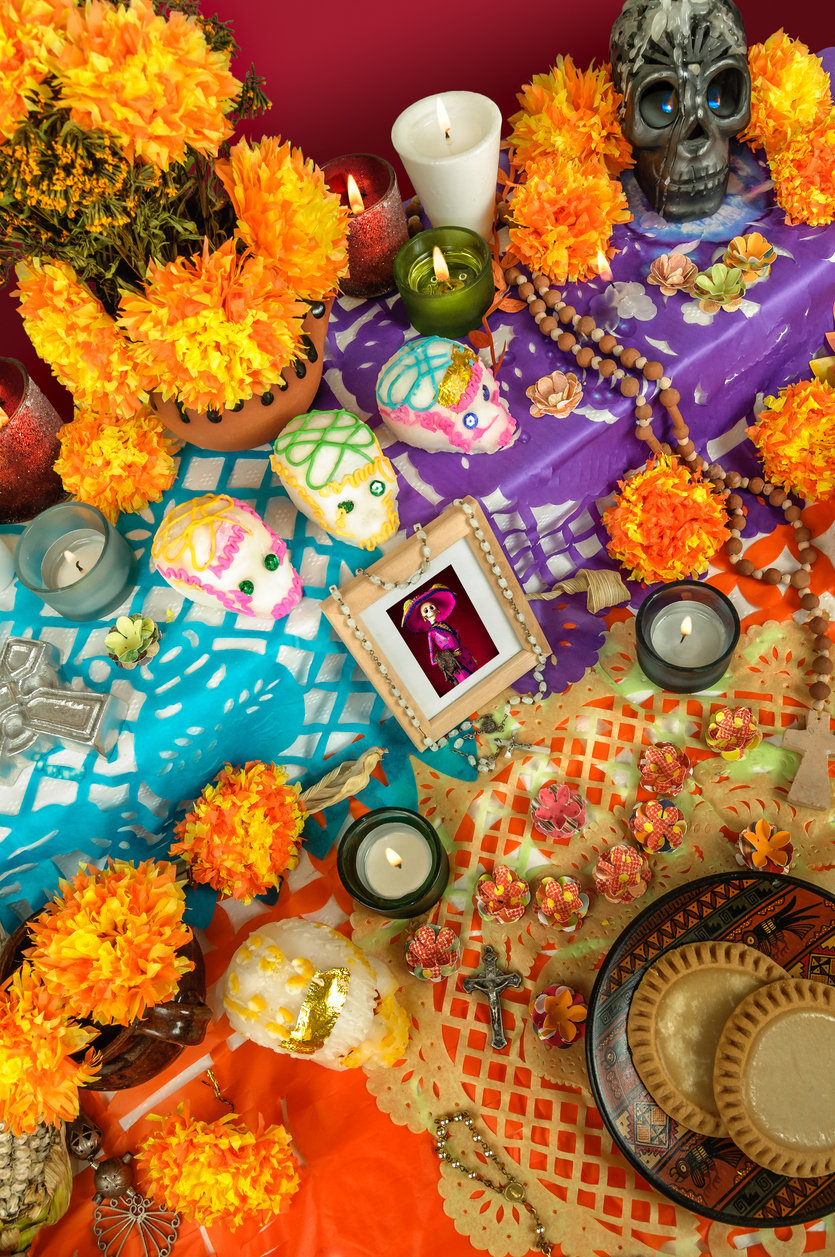
Every year on November 2, people celebrate life and the memory of those who have passed. Traditonally, people build beautiful and colorful altars ("ofrendas") in their homes, where they place photographs of friends and family who are gone. Following custom, they also flock to the cementeries and fill them with marigold flowers, offerings of food, tequila and mezcal. This custom is considered an expression of love rather than worshipping.
Dia de Muertos (Day of the Dead) in Mexico: The skull is one of the striking symbols of Day of the Dead.
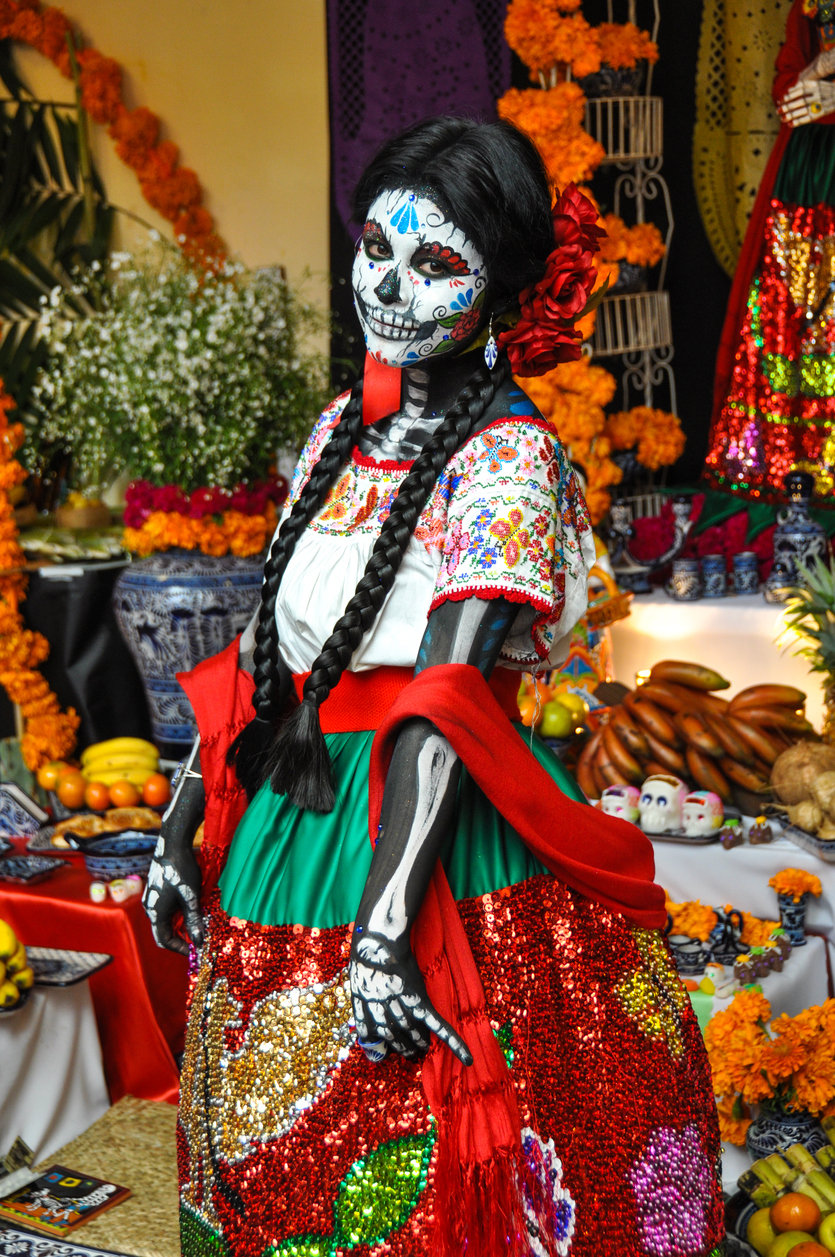
This is an artful and honored tradition, where people dress up and paint their faces to look like a skeleton. The women are elegantly dressed, they are called "catrinas." A must-do is to attend one of the many parades, where you'll see people in costumes, singing and dancing passionately to honor their loved ones who are no longer with them and the continuity of life.
Dia de Reyes (Three Kings Day), Puerto Rico: It's an epic celebration.

On January 6, one of the most beloved traditions is celebrated in Puerto Rico. Dia de Reyes is actually bigger than Christmas in all of the island. This is a time when families get together to commemorate when the Three Kings arrived at Bethlehem, bringing gifts for baby Jesus. Needless to say, this is a joyous celebration marked by music, dancing and, of course, food.
Dia de Reyes (Three Kings Day), Puerto Rico: There's nothing like celebrating with the locals.
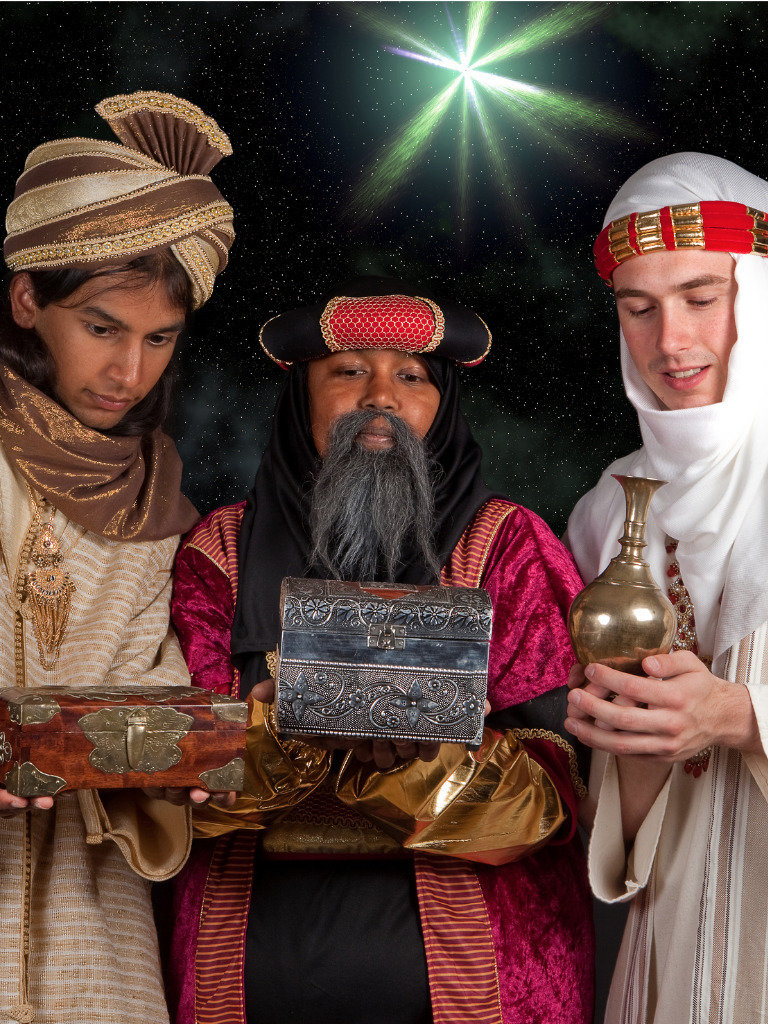
If your travels to Puerto Rico coincide with Dia de Reyes, expect parades, lively celebrations and tons of festivals. The most important parade that is not to be missed takes place in the municipality of Juana Díaz, where the Three Kings make their arrival to great fanfare and excitement on January 6, after having traveled around the island.
Feria de las Flores (Flower Fair), Colombia:Every year during the month of August, Medellin gets all dressed up in an amazing array of flowers.
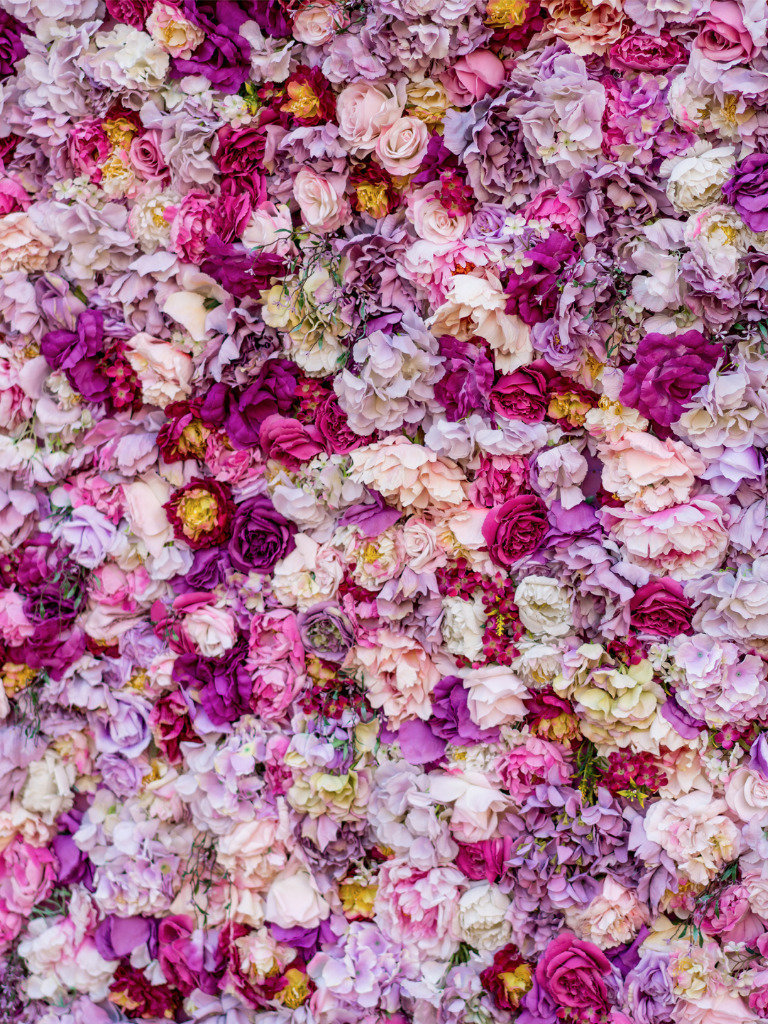
This floral extravaganza is known as the "Feria de las Flores." People from all over Colombia descend upon this beautiful city to be part of a week-long celebration where flowers are the star. And, it is Colombia, after all, so music is also front and center with lots of dancing, drinking, and an awesome festive atmosphere.
Feria de las Flores (Flower Fair), Colombia: This festival is referred to as one of the largest flower celebrations in the world.
It culminates with the parade of the "silleteros." These are people who carry gigantic arrangements of flowers on their backs. Each design is different and amazing, all made with local flowers. This festival is not to be missed!
Festival del Cristo Negro, Panama: Delve into the culture of Panama by experiencing the festival of the Black Christ.
Every October 21, thousands of people from all over the country travel to this coastal town to pay their respects to the "Nazareno." This is a life-size statute of a black Christ carrying the cross, which is believed to have washed upon the shores of Portobelo in the 1600s.
Festival del Cristo Negro, Panama: What a sight to see!
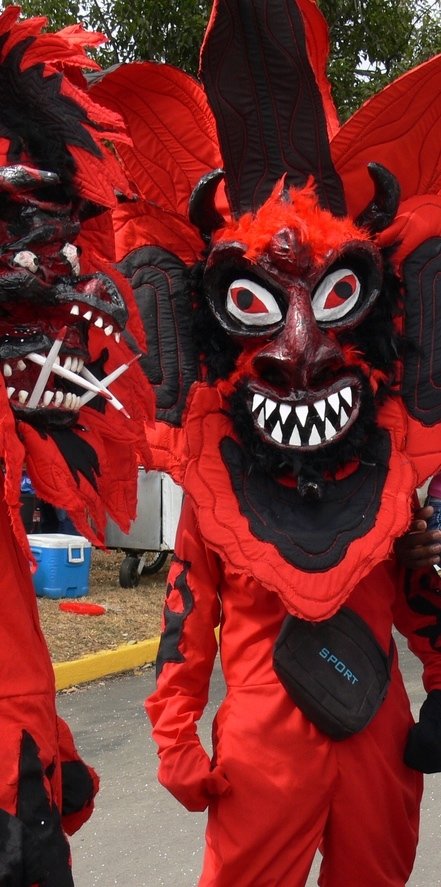
While this festival is spiritual in nature and a time for repentness, it is also a time for dancing, music and some serious carousing. After mass, at exactly 8 pm, 80 men carry the statute for four hours around the community. With people dressed in red and black costumes wearing huge masks, loud music and energetic dancing, the parade has more of a carnival atmosphere.
Festival de la Virgen de la Candelaria, Bolivia: It's truly an affair to add to your bucket list.
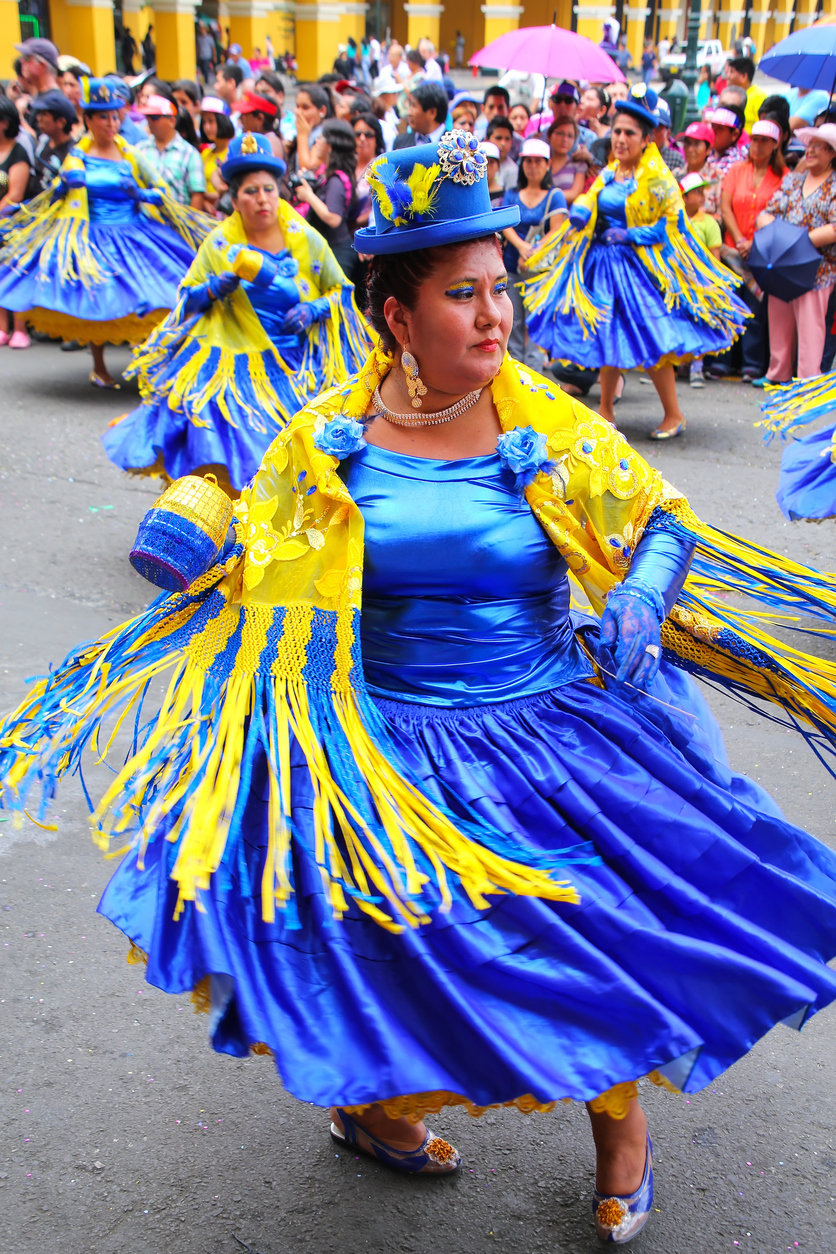
Every year, during the first two weeks in February, the town of Copacabana goes all out to celebrate and honor the Virgen de la Candelaria, Bolivia's patroness. This is a time of colorful parades, music, drinking and dancing. People visit from all over Bolivia, Peru and the rest of the world to witness and experience a very important celebration with magical Lake Titicaca as a backdrop.
Festival de la Virgen de la Candelaria, Bolivia: This festival is a definite mixture of pagan rituals and Catholic traditions.

On February 2 there is a religious procession of the Virgin, which is very important for the devout pilgrims. The parades put on an amazing show, from dancers wearing elaborate and unique costumes and masks, to the more traditional, super colorful dresses worn by the local women.
Festival of the Sun, Peru: It's an impressive display rooted in Inca culture.
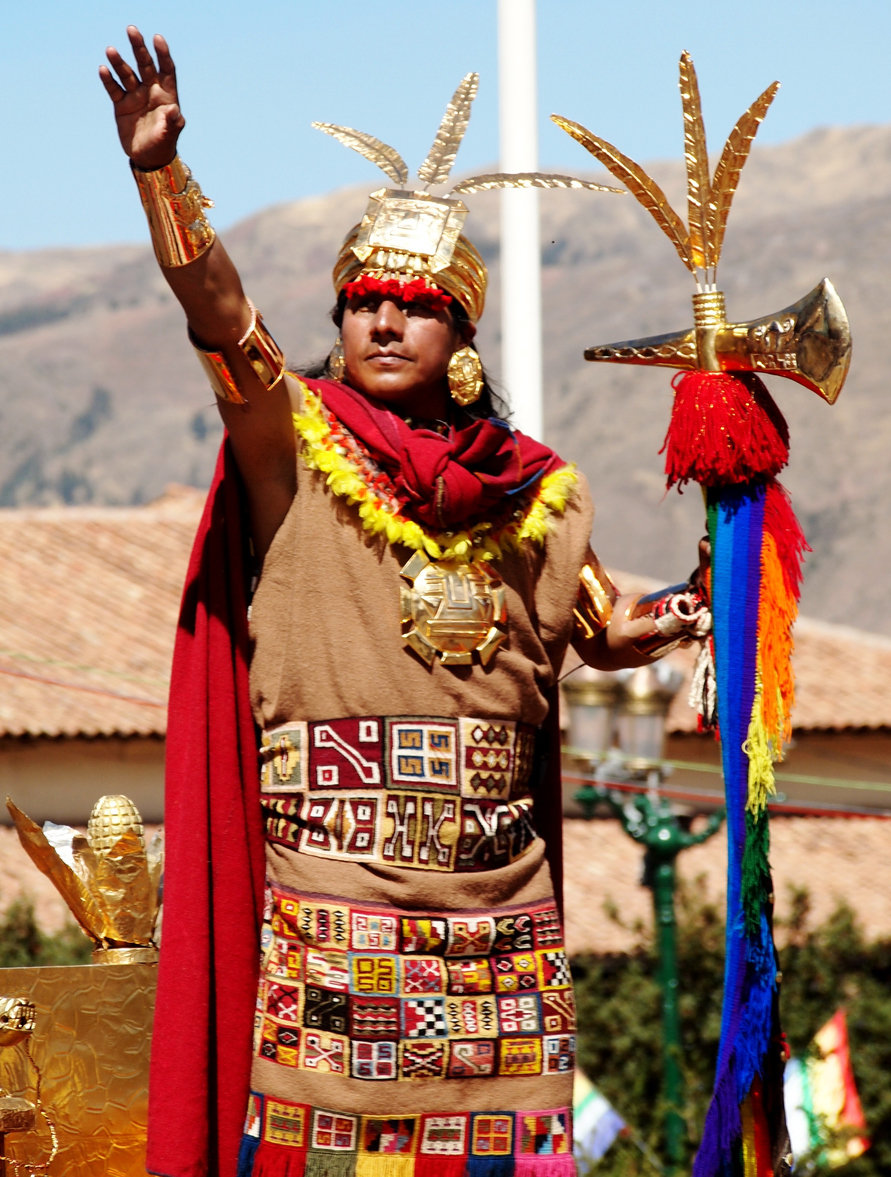
On June 24 of each year, the incredible reenactment of an ancient Inca ceremony, Inti Raymi, takes place in the ruins of Sacsayhuaman, Cusco. Thousands of people dress in vibrant costumes and together with the Inca Emperor they recreate what is considered one of the most important celebrations honoring the deity of the sun and the winter solstice.
Festival of the Sun, Peru: There's another benefit to attending this beautiful festival.
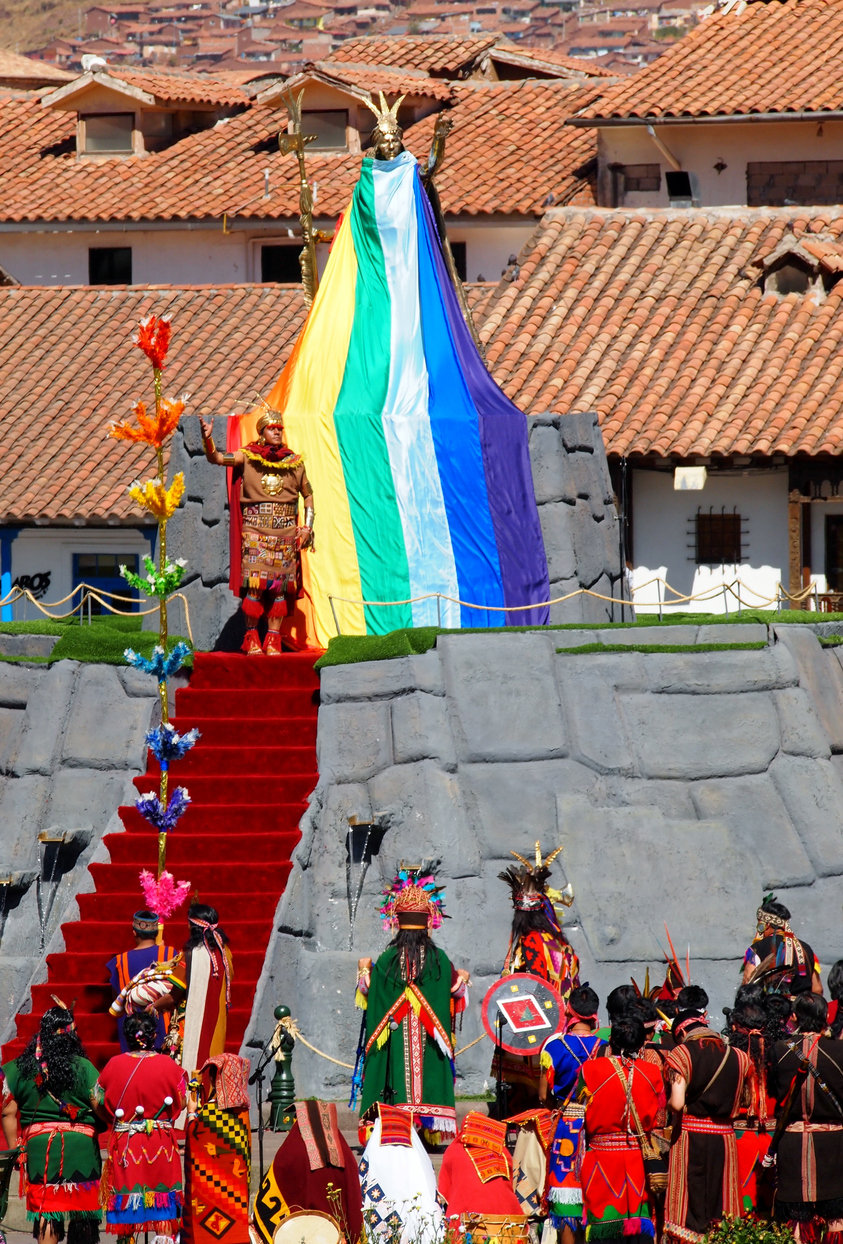
Attending this festival also checks off a huge bucket list destination for many people: Machu Picchu. If you attend Inti Raymi, then setting aside a day to tour the Inca ruins is mandatory. Festivities occur throughout Cusco, where you can experience the beauty of the culture, eat the delicious food and listen to evocative music that will be happening all over the place.
Mistura, a gastronomic festival in Lima, Peru: It's a foodie's dream.

If you love food, you'll be in heaven at Mistura Food Festival in Lima, Peru. This incredible food festival takes place every year in September, and it attracts thousands of tourists and locals alike. Here, you will sample favorite dishes like "ceviche," as well as many other typical foods representing different parts of the country.
Mistura, a gastronomic festival in Lima, Peru: Definitely plan this one well in advance.
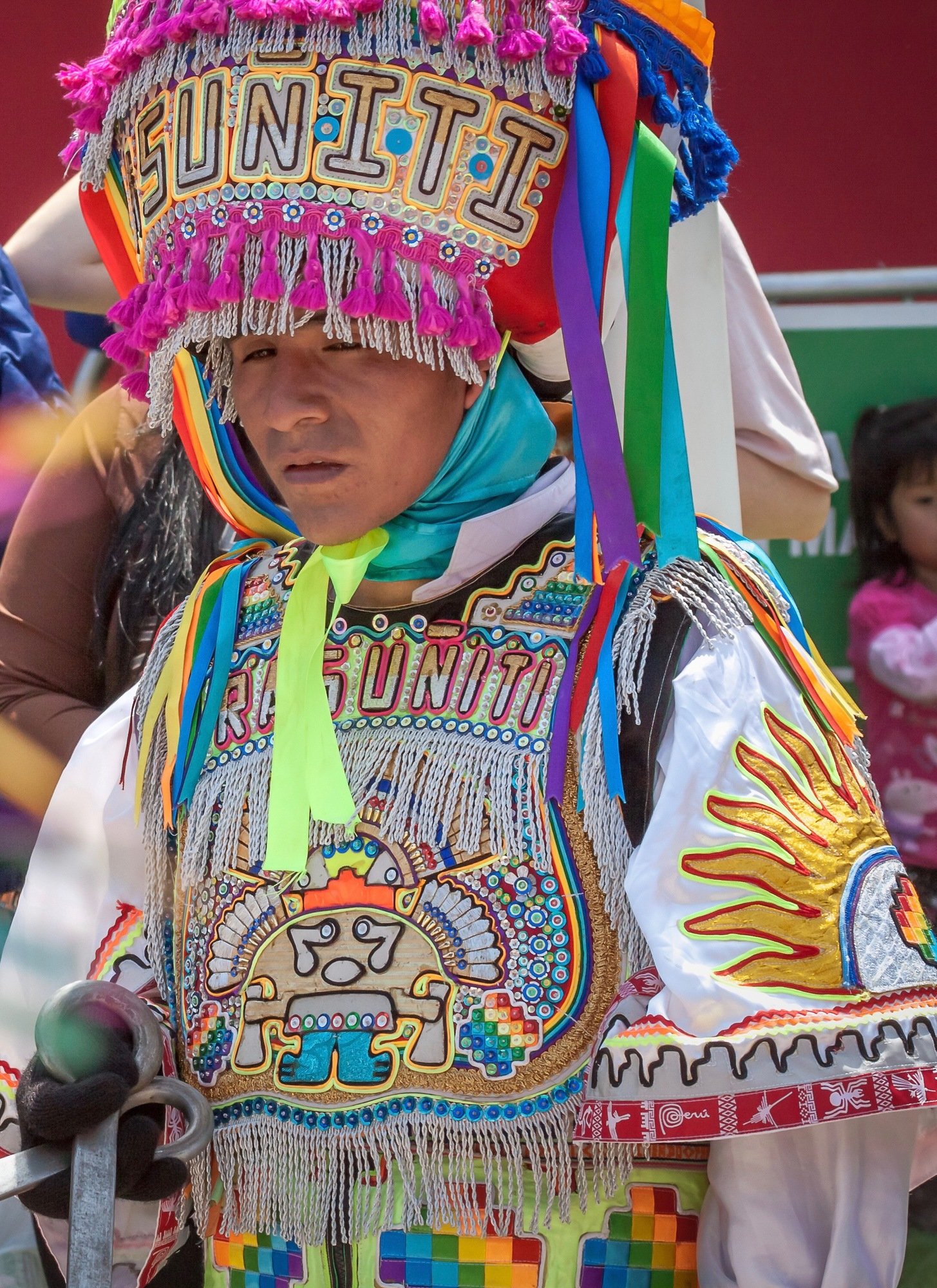
This widly popular festival is definitely about food and drink, but visitors also get a chance to shop for local goods, listen to traditional music and experience colorful and vibrant dance performances. Tickets for this event are extremely popular, so planning way ahead is recommended.
Oruro Carnaval, Bolivia: Also known as the "Diablada" (Dance of the Devils), this is one gigantic celebration.
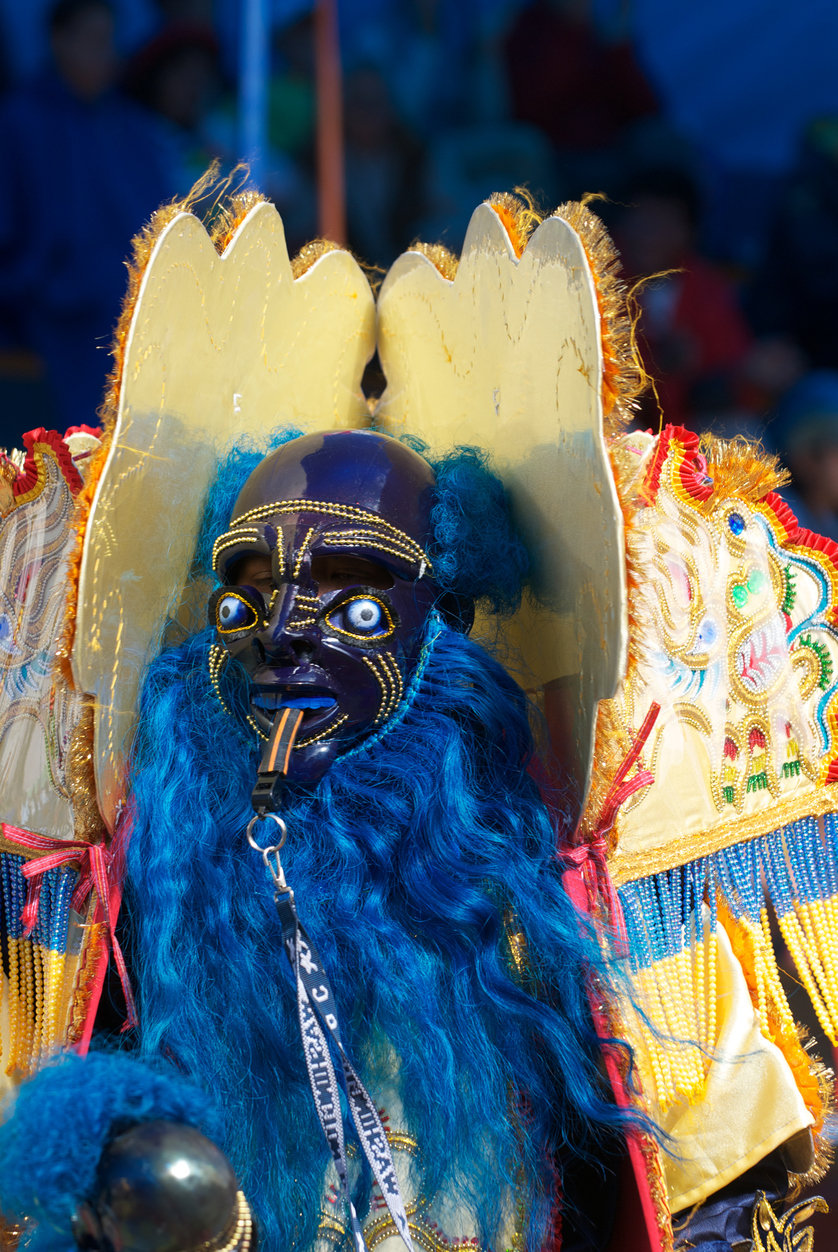
It takes place every year, on the Saturday before Ash Wednesday. The atmosphere is one of a huge carnival: Parades with people wearing amazing costumes, intricate and exotic masks, lots of dancing, music and drinking.
Oruro Carnaval, Bolivia: This is a party like no other in Bolivia.
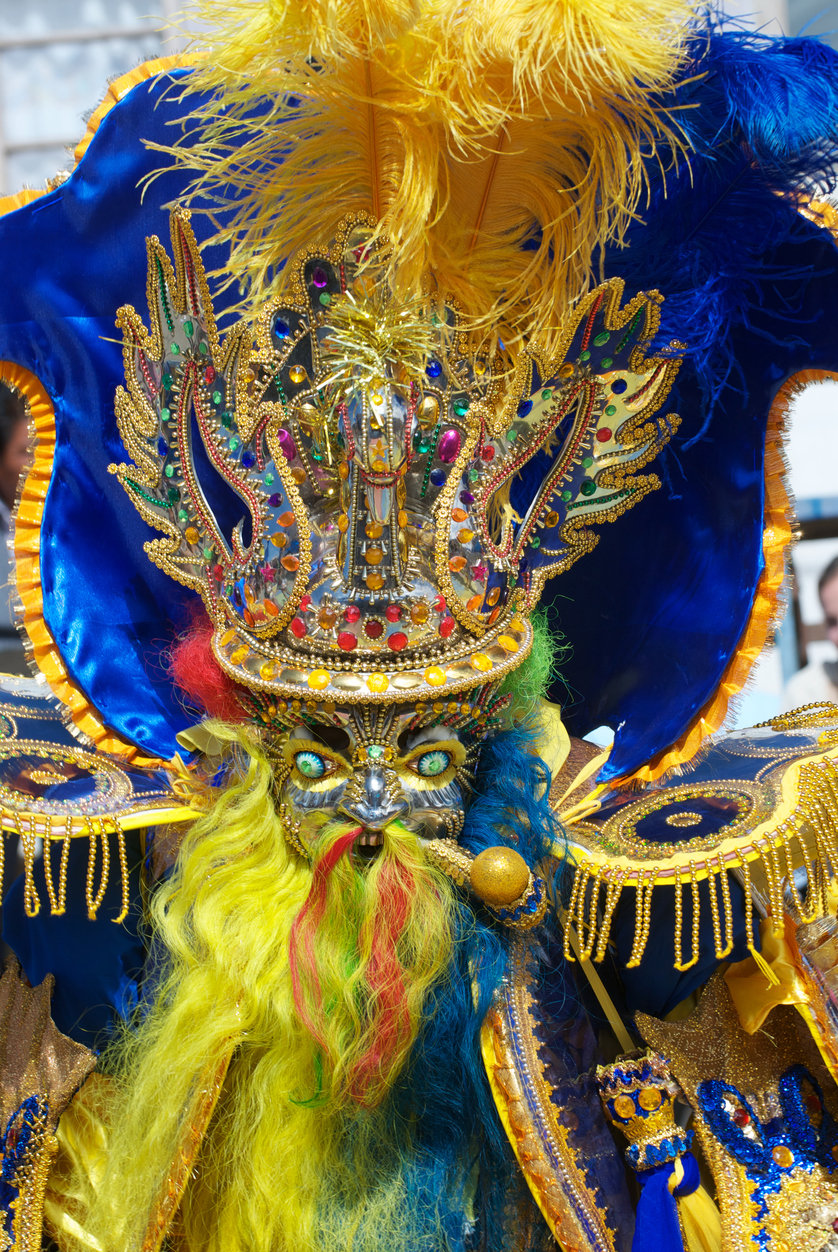
People from all over the country and the rest of the world travel to Oruro to experience an outstanding parade which features thousands of musicians, dancers and elaborate costumes. They dance for hours on end until darkness. UNESCO has recognized this carnival as an "Intangible Heritage of Humanity."
San Sebastian Festival, Puerto Rico: Also known as "San Se," this is a fun-filled fiesta
Here's another Puerto Rican celebration that brings people together during 4 days of festivities. Think street dancing, parades, music and libations!
San Sebastian Street Festival, Puerto Rico: There's something for everyone.
If you still have some energy left in you after Christmas, New Year's and other holiday festivities, then head over to Puerto Rico to join one big street party. San Sebastian festival happens around January 20 every year and takes place in beautiful Old San Juan. Along the streets, you'll find plenty of food and drink, plus you'll be able to purchase beautiful hand-crafted souvenirs made by the local people.
Semana Santa (Holy week) in Guatemala: It's a pretty impressive celebration.
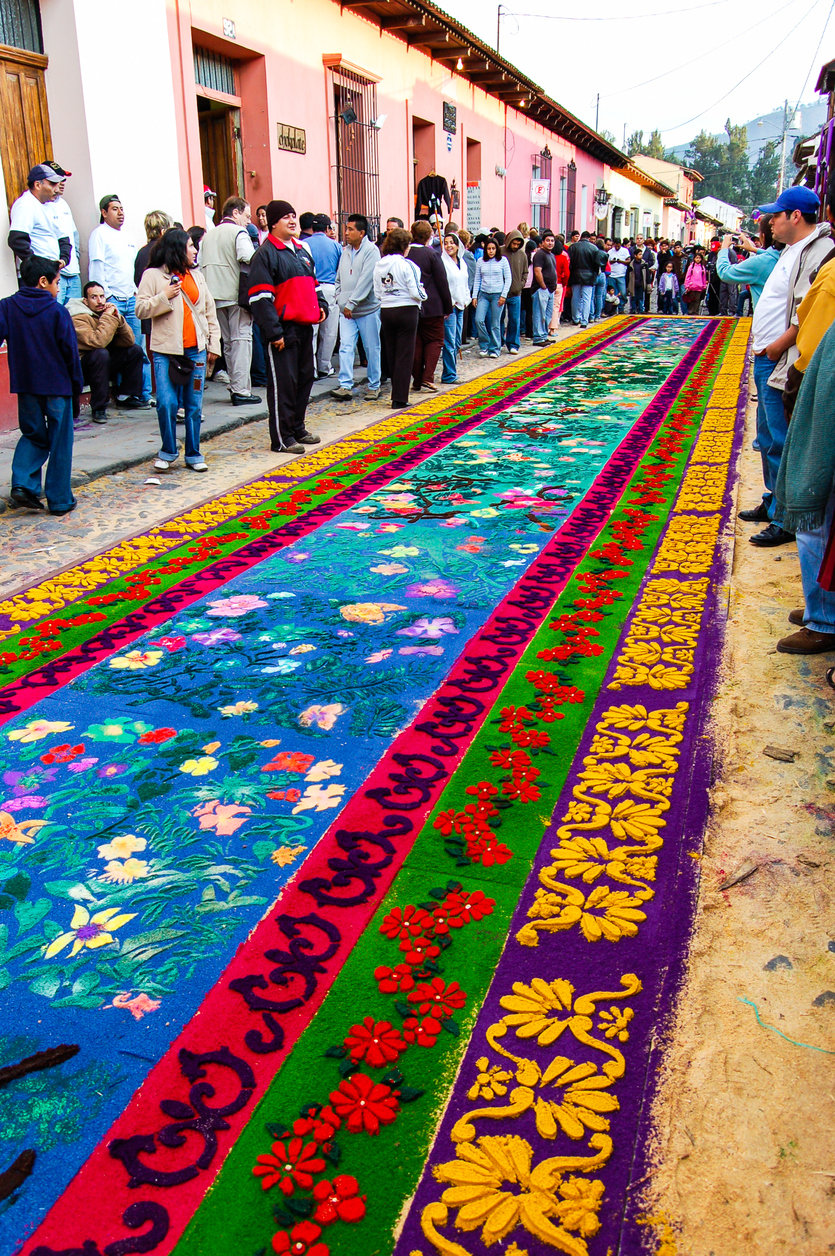
The Holy Week before Easter is the most important religious celebration in Central and South America. One of the most colorful and popular celebrations takes place in the streets of Antigua, Guatemala, where locals create incredible carpet-like decorations on the streets with flowers, fruits, vegetables and dyed sawdust.
Semana Santa (Holy week) in Quito, Ecuador: One of the most important traditional events in the Old Town of Quito is the procession on Good Friday.
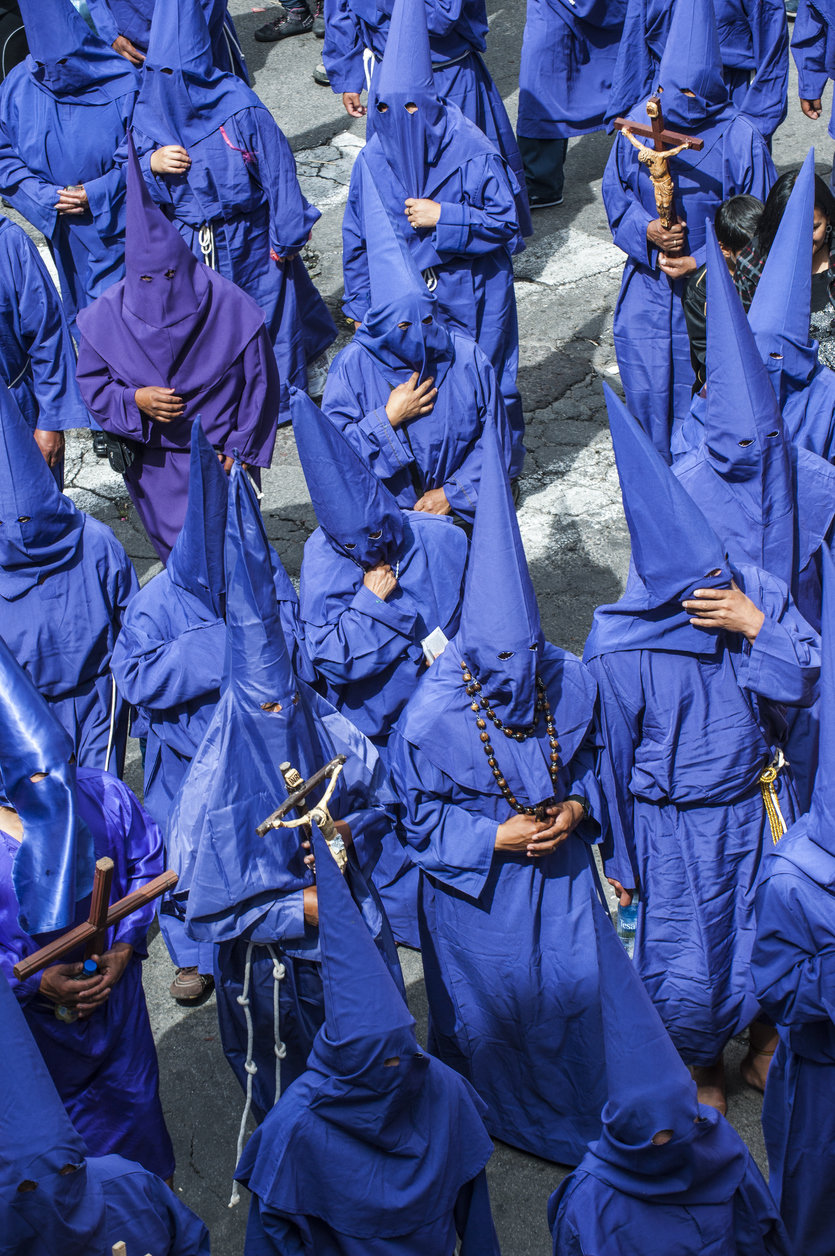
You'll witness a haunting parade of men dressed in "cucuruchos," purple robes and pointed headdresses that reveal only the eyes. They are paying homage to the hour of Jesus Christ's sentencing by Pontius Pilate.
Tango Festival, Argentina: Get ready to be impressed.
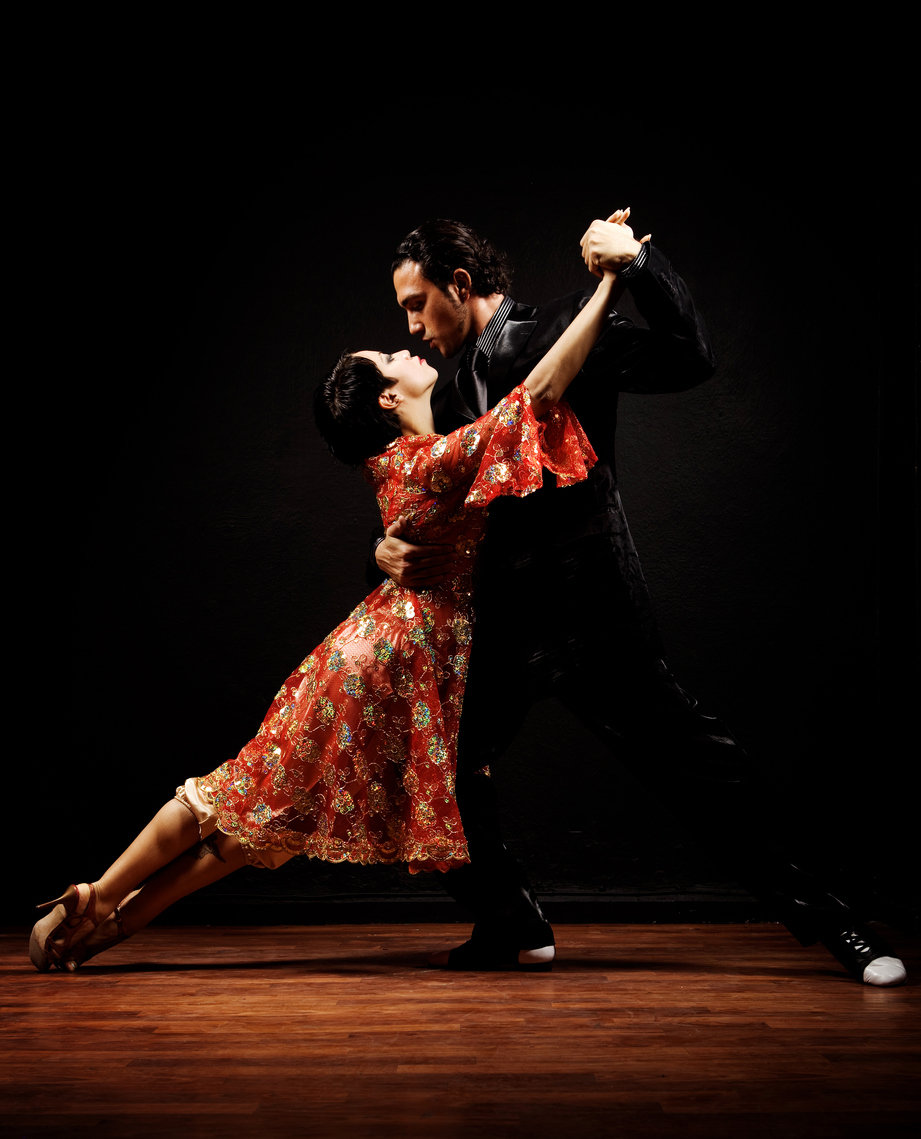
Undeniably, the beautiful Argentine dance of "tango," is a sensual, moving dance that has become famous all over the world. Every August, in Buenos Aires, thousands of people converge upon this magical city to witness the most important tango competition in the world.
Tango Festival, Argentina: The International Tango Competition offers two dizzying weeks of dancing, food and music extravaganza.
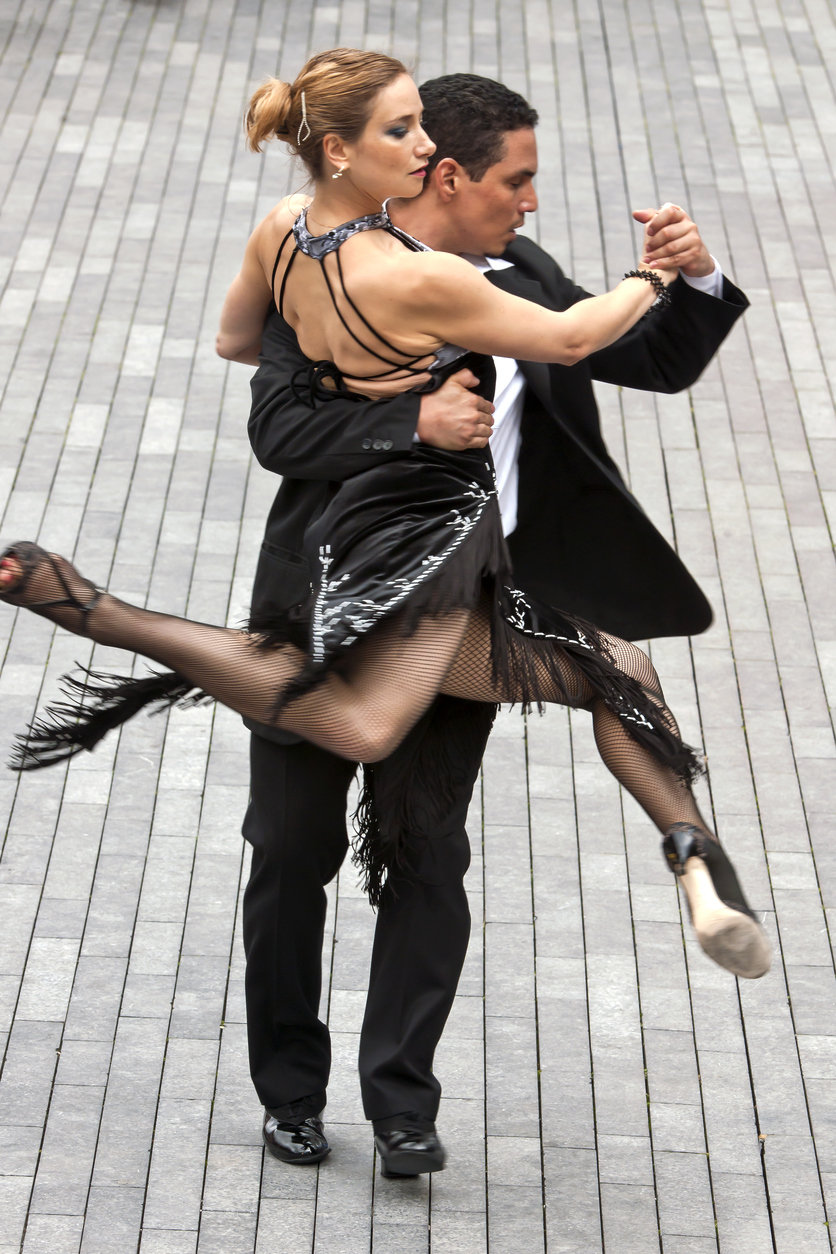
You can sign up for classes, attend free concerts and learn about the culture and history behind this passionate dance.
Dia de la Virgen de Guadalupe, Mexico: There is no question this day is of extreme importance and it is celebrated with fervor.
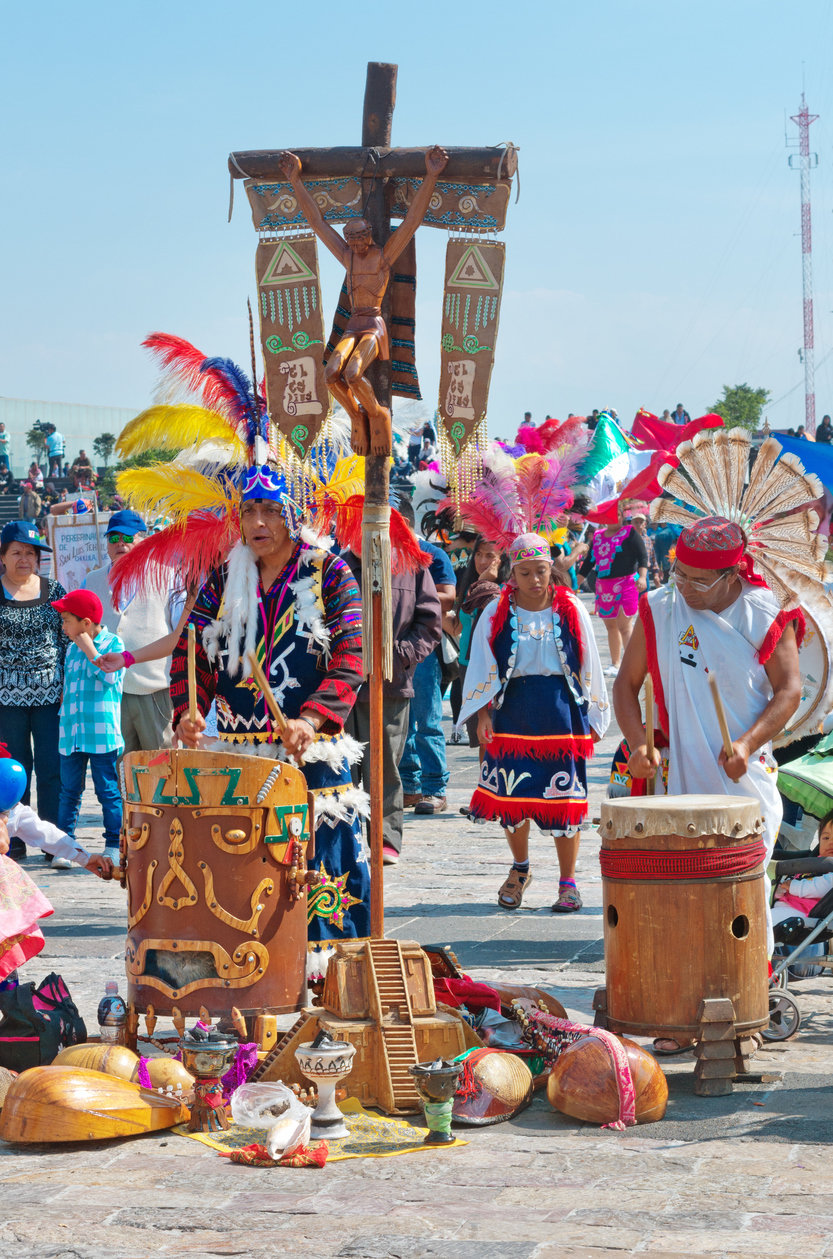
This is a very important national and religious holiday that is celebrated in Mexico on December 12. It honors Mexico's beloved patron saint, the Lady of Guadalupe. Devotees believe the Virgin Mary appeared before an indigenous Mexican man around 1531, and it was considered a miracle.
Virgin of Guadalupe Festival, Mexico: It's absolutely incredible.
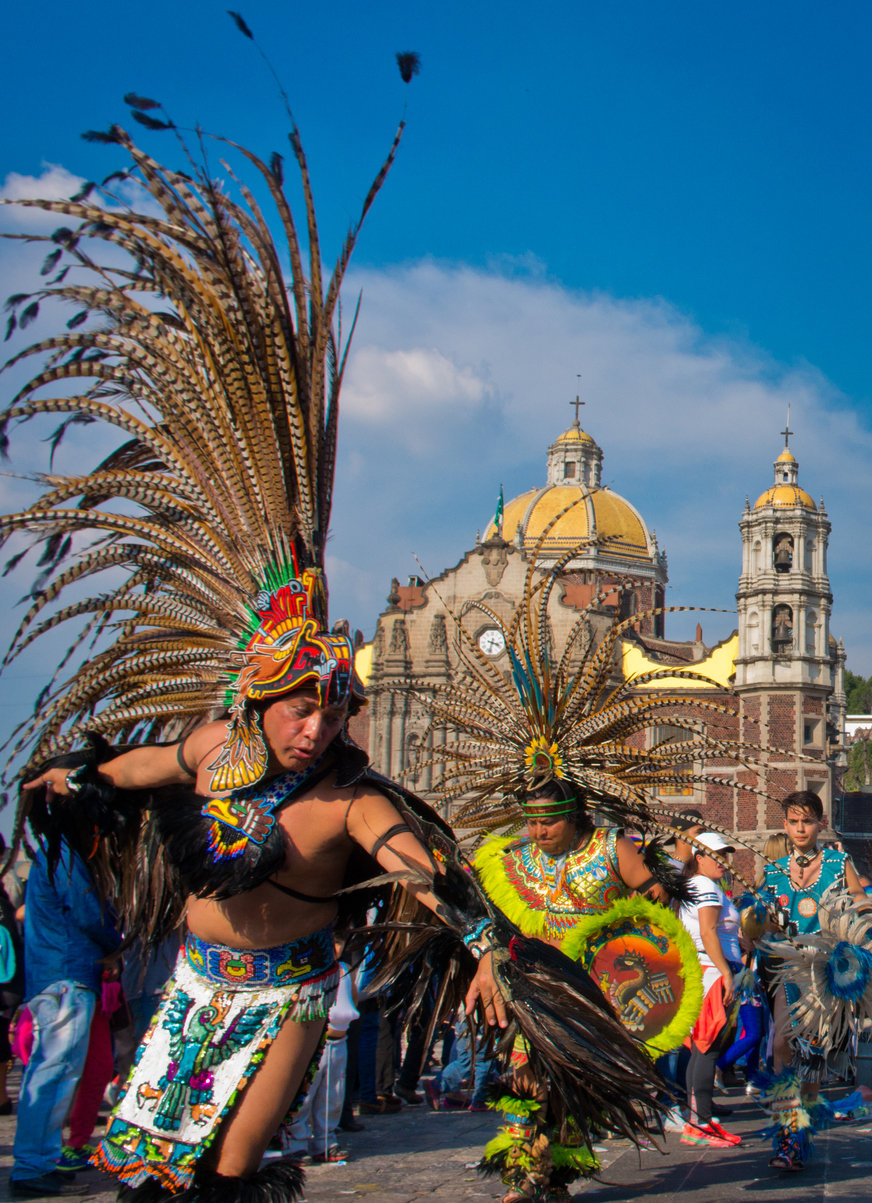
Although this is a religious holiday, with thousands of people attending mass in the morning, it is also a time for joyous celebration. People participate in colorful parades, choreographed dance routines and traditional festivals. All of this is done out of respect, of course, as the Virgen of Guadalupe is believed to protect the people every day of the year.


